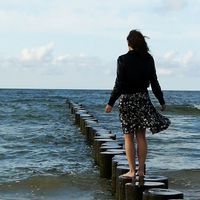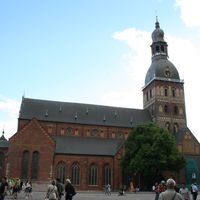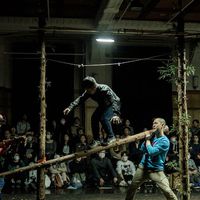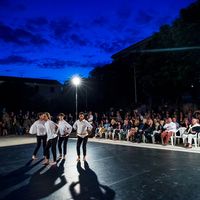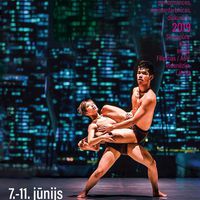#peripheries: Tremors of Unease, Spurs of Shifts | Latvia

culture360.ASEF.org is featuring a new series of articles on the topic of #peripheries. The #peripheries have been regarded as being in the geographical margin, distant from the capital cities and cultural centres of countries. With an ongoing decentralisation trend, through this series of articles, we will look at various arts endeavours by artists, cultural professionals and art organisations who operate or occupy the peripheries in an urban society and the role that the arts play. In this article, Con Cabrera looks at how moments in the peripheries help shape contemporary art in Latvia.
Historically, Latvian art has been punctuated by major global events such as war, colonialism and the rise and fall of power. These occurrences have had a profound impact on artistic practices and have shaped them to be critical and responsive to the world around them.
Even marginal instances such as the establishment of the Culture Fund and the Academy of Art in the 1920s have reframed art, which has become an important component of the nation's identity. In contemporary times, international and regional happenings continue to influence Latvian artists, curators and art institutions in their thinking and creative lives.
Outward ripples traversing the international
Artistic developments have transpired in the nineties after the collapse of the Soviet Union and resulted in total artistic freedom and infinite possibilities in the arts as the state underwent transition. During this period, sculptor Aigars Biksé was a student at the Academy of Art. He witnessed and remembers this phase as a point of liberation, especially for public art as there were many unconventional outdoor events that were taking place in the city of Riga.
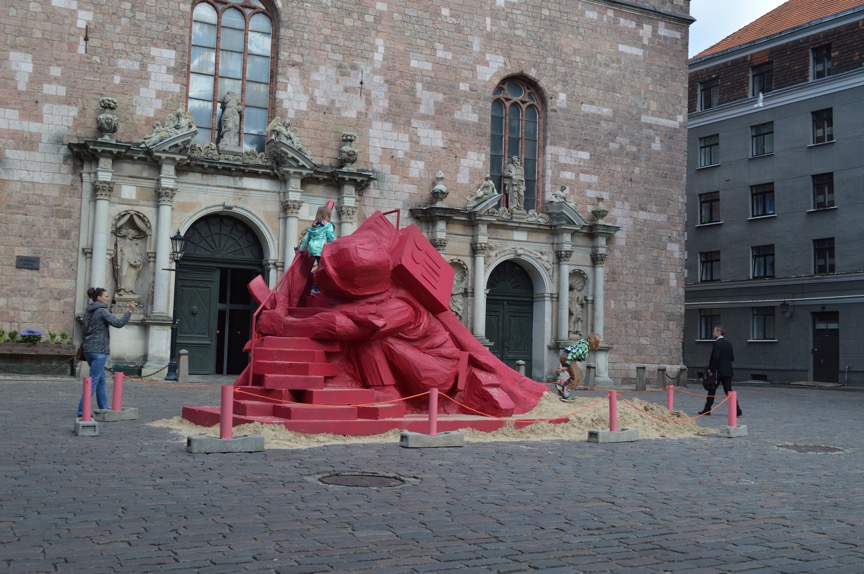
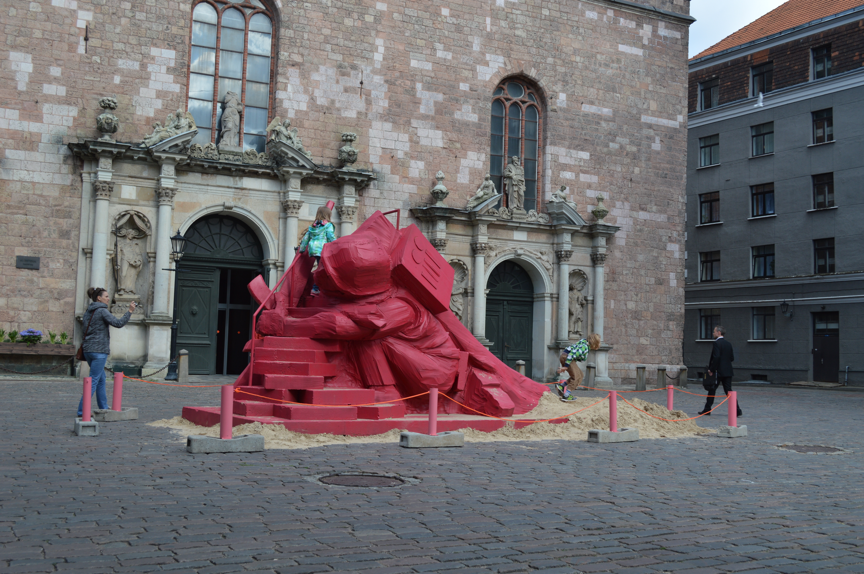
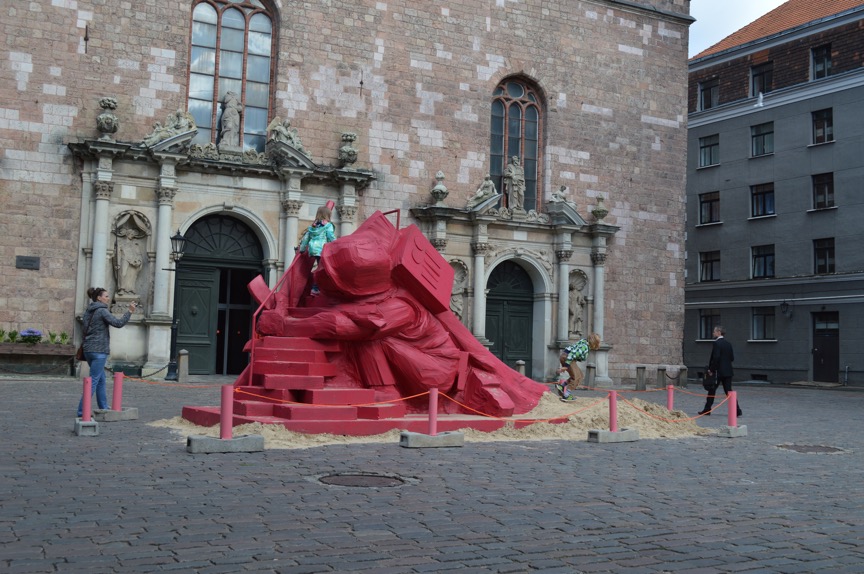
Aigars Biksé’s Red Slide on display in Finland in 2012 (Photo Credits: Aigars Biksé)
By experiencing this effect of such influential events in the communal realm, he developed the notion that in a shared space, you can communicate important ideas, even in an abstract and contemporary way. This concept is carried out in his projects on public art in Riga and beyond. What reflecting on his practice brings to us is a micro perspective of Latvia's contemporary art direction, through the artist’s thought process and ideological influences.
Even in the rejection of the ideals of how sculpture as an art form was used as propaganda and an early interest in Western art, Aigars Biksé’s works are predisposed by the Soviet aesthetic. As an artist, he is dealing with this internal contradiction constantly. The curiosity on global cultural traditions is also a wealth of inspiration for creative production that is evident in Latvian art and is highly represented in public art.
It has always been a struggle for artists to connect to audiences through their works, but the public art sphere has been a steady platform for the kind of contact that can represent complex layers of ideas. According to Biksé, there is happiness in creating for an audience of public art. But it also does not dismiss the labor that is done inside the studio, where ideas are tested and created in an intimate scale.
With the use of the traditional art of sculpture, contemporary sculptors such as Biksé, concurrently create altered forms of monuments. His works are interactive, political, provocative and sometimes controversial, which are gradually moving outwards through his participation in international exhibitions in countries big and small, in the centres and peripheries.
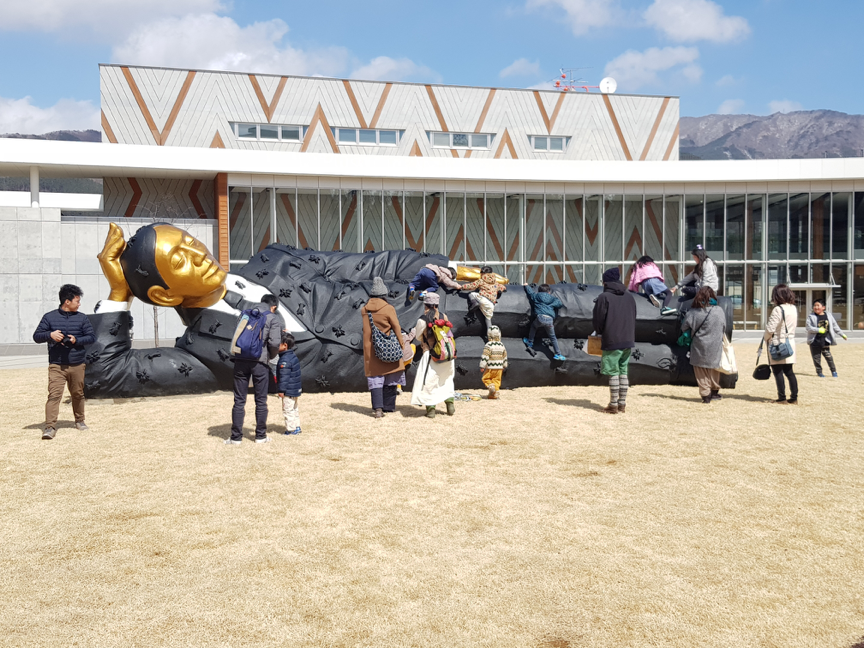
Aigars Biksé’s Saitama Businessman on display in Japan in 2019 (Photo Credits: Aigars Biksé)
Inward waves towards national introspection
When the world experienced the global financial crisis of 2008-2009, Latvia suffered one of the hardest recessions in Europe. It resulted in a major economic and political difficulty. The art community was greatly affected but was also empowered to create spaces of discourse about its predicament.
Survival Kit is an annual festival, which started in 2009 and was born out of the need “for the public to find new strategies of survival and encouraged artists to discover fresh means of existence.” It is organized by the Latvian Centre for Contemporary Art and curated by Solvita Krese.

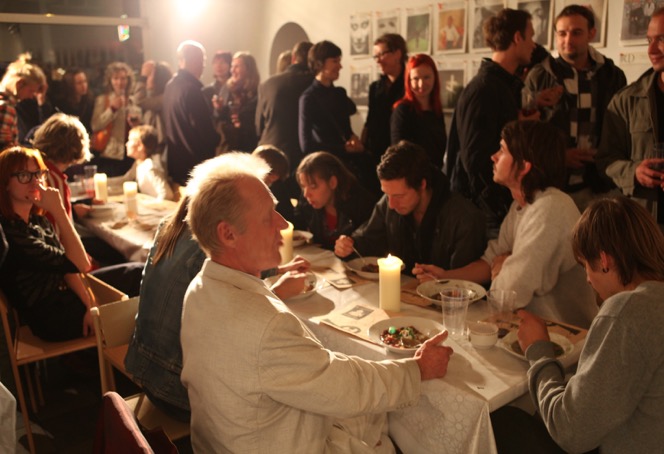

Survival Kit in 2009 (Photo Credit: Latvian Centre for Contemporary Art Archives)
Through an online interview, Krese reflected on the development and shift of motivations of the public event on contemporary art, that has since reached its decade mark. The main curiosity about a long-running art festival is its fluctuating rationale.
When asked about whether there have been changes in the stimuli or subjects of discourse, Krese said that in every edition, they continuously ask if there is any sense in organising another festival. They have now tackled a wider range of tribulations of current times, which requires constant reflection and imagination of strategies on how to survive in this drastically changing world.
Survival Kit was an international event from the very beginning, but it is important to note that its initial years were focused on mainly artists from Nordic and European countries. Geographically, the festival has been expanding beyond the borders of Europe. As a contemporary art platform, the festival is focusing on the current trends in the art world and society as well. To make it well rounded, they include public programs as tools of communication with a diverse group of audiences. The public engagements through discursive actions also create frameworks for the contexts related to the chosen theme each year.
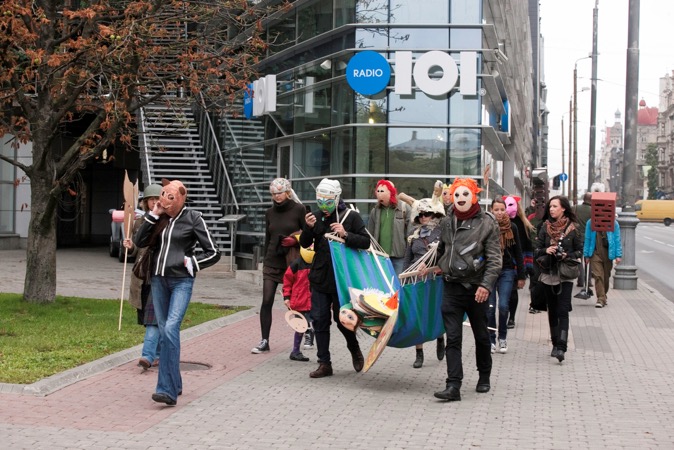
Survival Kit in 2010 (Photo Credit: Latvian Centre for Contemporary Art Archives)
The attention towards the festival has been progressing, but also observing within the host cities, it was noticed that many people have grown together with the festival. This may also mean that art appreciation has been maturing and possible criticality is developed in the viewing of art within the setting of the festival.
If Survival Kit is a gauge for movements in the region whether politically or economically, it made visible the changes within the decade. One thing that the festival can be proud of are moments of influence on cultural policies, both within the state and the city level.
Through the events, they have initiated significant programs on creative neighborhoods and have raised discussions on media manipulation before the government elections. “Free Riga” is an organization that has been the most visible outcome of Survival Kit Festival. It appeared as a spontaneous effort that raised the question of temporary usage of idle houses by cultural activists and initiatives.
The outward artistic attitude that carries Latvian art to the international and the contemporary art festival that brings the attention of the global art sphere inward are just a few proofs on the effects of tangential ripples and waves in the art community in Latvia. The result has been forms of evident movements that enable the creation of more critical actions to use art as an analytical yet humane platform of exchange and existence.
This article is written by Con Cabrera (b. 1981, Philippines), a visual artist and independent curator. She graduated at the University of Santo Tomas with a Fine Arts degree and is now taking her masters at the University of the Philippines under the curatorial studies program of the Department of Art Studies. She has curatedexhibitions at the Vargas Museum, Cultural Center of the Philippines and in Tokyo and Rikuzentakata City in Japan. She is currently a part-time lecturer at Kalayaan College while also working for various projects as research assistant, art director or writer.
Similar content
from - to
04 Sep 2014 - 19 Oct 2014
29 Nov 2018
posted on
06 Sep 2010
from - to
05 Sep 2019 - 13 Sep 2019
from - to
07 Jun 2019 - 11 Jun 2019

